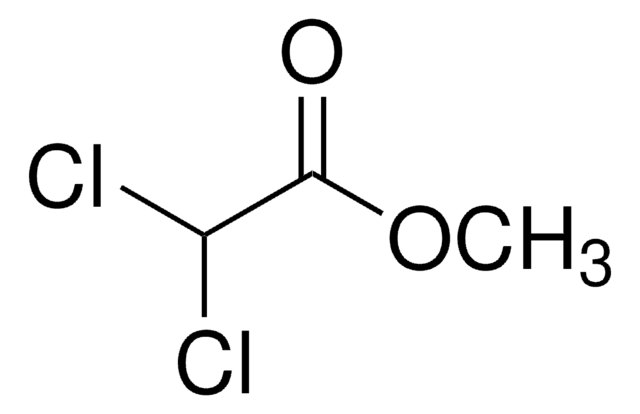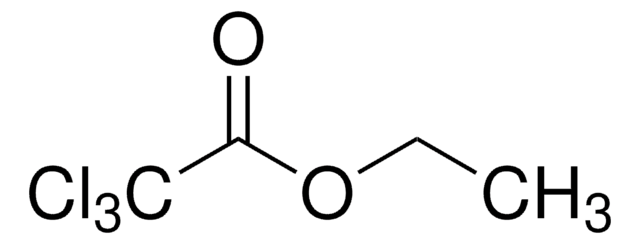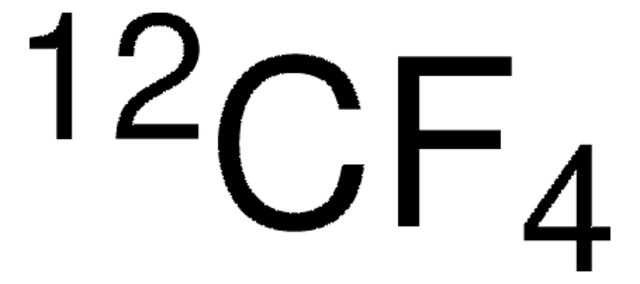All Photos(1)
About This Item
Linear Formula:
Cl2CHCOOC2H5
CAS Number:
Molecular Weight:
157.00
Beilstein:
773995
EC Number:
MDL number:
UNSPSC Code:
12352100
PubChem Substance ID:
NACRES:
NA.22
Recommended Products
Quality Level
Assay
≥99.0% (GC)
refractive index
n20/D 1.438
bp
54-55 °C/11 mmHg (lit.)
density
1.28 g/mL at 20 °C (lit.)
functional group
chloro
ester
SMILES string
CCOC(=O)C(Cl)Cl
InChI
1S/C4H6Cl2O2/c1-2-8-4(7)3(5)6/h3H,2H2,1H3
InChI key
IWYBVQLPTCMVFO-UHFFFAOYSA-N
General description
Ethyl dichloroacetate is an ester and its base catalyzed hydrolysis has been reported.
Application
Ethyl dichloroacetate may be used in the synthesis of α-halo-carboxylic acid ester.
Signal Word
Warning
Hazard Statements
Precautionary Statements
Hazard Classifications
Acute Tox. 4 Dermal - Eye Irrit. 2 - STOT SE 3
Target Organs
Respiratory system
Storage Class Code
6.1C - Combustible acute toxic Cat.3 / toxic compounds or compounds which causing chronic effects
WGK
WGK 3
Flash Point(F)
143.6 °F - closed cup
Flash Point(C)
62 °C - closed cup
Personal Protective Equipment
dust mask type N95 (US), Eyeshields, Gloves
Choose from one of the most recent versions:
Already Own This Product?
Find documentation for the products that you have recently purchased in the Document Library.
Customers Also Viewed
Reaction of B-alkyl-9-borabicyclo [3.3. 1] nonanes with ethyl mono-and dihaloacetates under the influence of potassium tert-butoxide. A convenient procedure for the conversion of olefins into esters or. alpha.-halo esters via hydroboration.
Brown HC and Milorad M. Rogic.
Journal of the American Chemical Society, 91(8), 2146-2147 (1969)
General Base Catalysis of Ester Hydrolysis1.
Jencks WP and Carriuolo J.
Journal of the American Chemical Society, 83(7), 1743-1750 (1961)
Our team of scientists has experience in all areas of research including Life Science, Material Science, Chemical Synthesis, Chromatography, Analytical and many others.
Contact Technical Service










